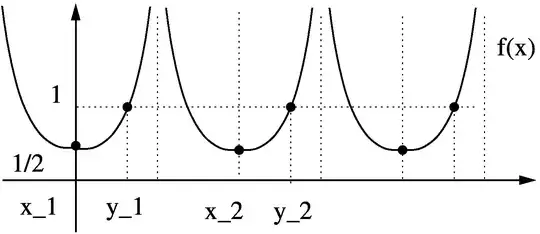In this question the asker mentions that the limit of this does not exist: $$\lim_{x\to \infty} \frac{1}{1+\cos(x)}$$ Graphically I can see that the limit doesn't exist, but I'd like to know what the proof is. I'm also wondering if there is a general rule that can be applied to any limit to tell if the limit exists.
Sorry if this question is a bit dumb, and thanks in advance for any answers.
